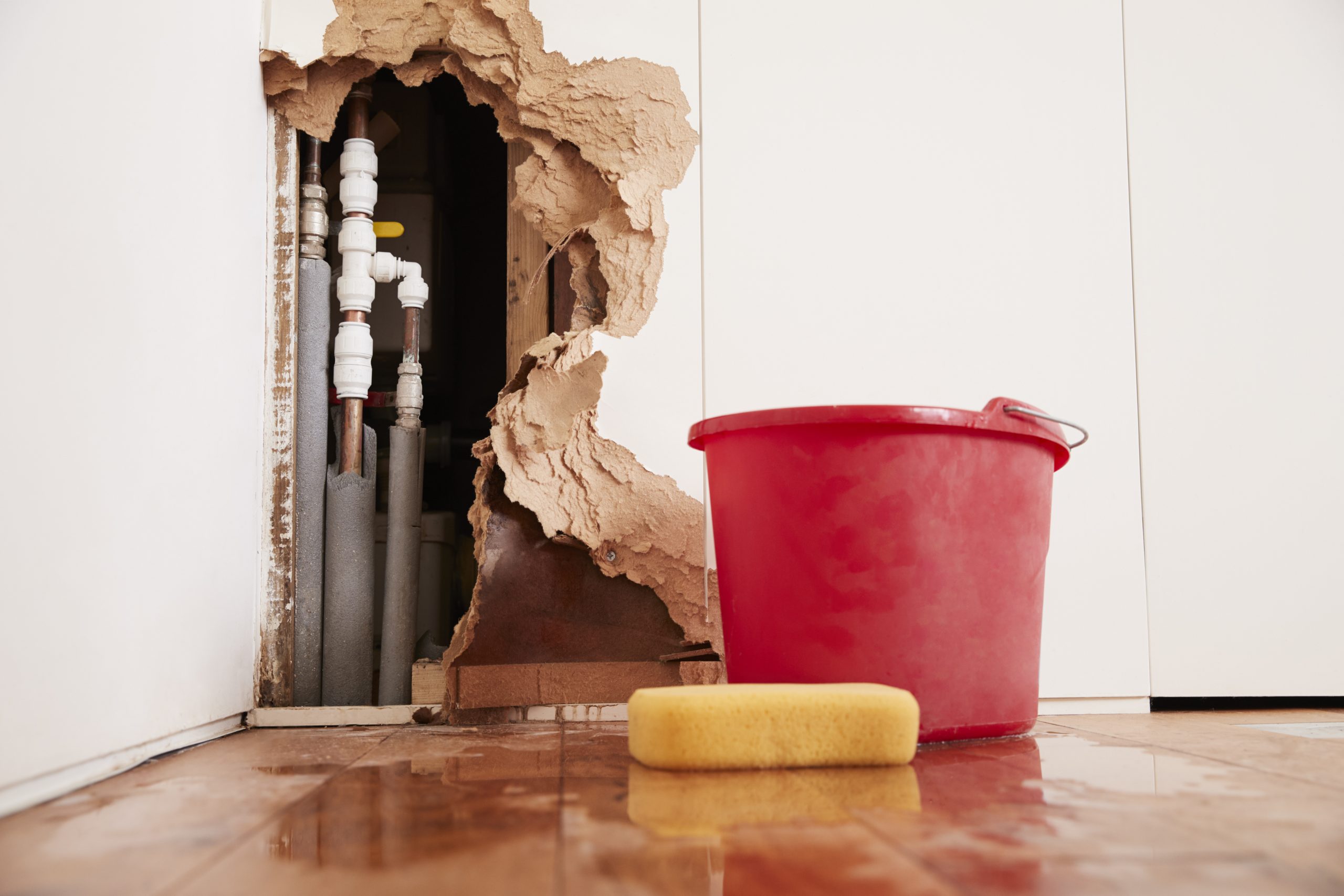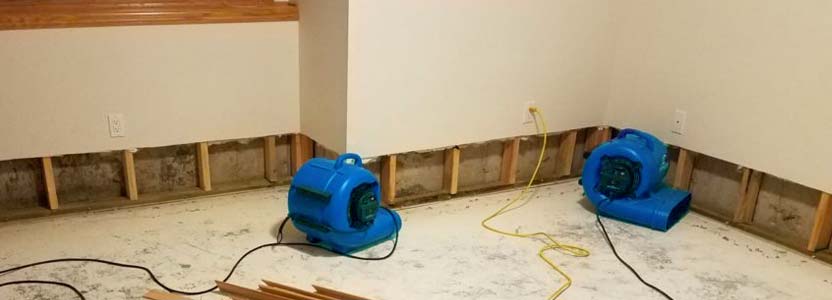Comprehensive Mold Inspection Philadelphia: Introduction Hidden Threats
Comprehensive Mold Inspection Philadelphia: Introduction Hidden Threats
Blog Article
Emergency Water Damage Repair: Swift Feedback to Minimize Further Damage
Water damage can strike suddenly and leave damaging results on services and homes. When encountered with such a scenario, a speedy feedback is crucial to minimize further damage and prevent prospective carcinogen. However just what does emergency situation water damage reconstruction involve? In this conversation, we will explore the significance of immediate activity, the assessment procedure, the steps associated with water removal and drying out, mold and mildew prevention and removal, and inevitably, the reconstruction of the affected location. By comprehending the necessity and comprehensive nature of this procedure, you will obtain useful understandings right into how experts take on emergency water damages, ensuring a swift and efficient action.
Value of Swift Reaction
Swift action is of utmost relevance in water damage reconstruction to minimize further damage and alleviate prospective threats. When water damage occurs, whether due to a burst pipeline, an all-natural calamity, or any other unpredicted occasion, time is of the significance. The longer water sits in a building, the even more damages it can trigger. This is why it is essential to act promptly and effectively to remove the water and begin the remediation process.
One of the major factors speedy feedback is important in water damage repair is to avoid the development of mold and mold. Mold not just creates additional damage to the framework of the structure yet additionally positions health and wellness dangers to owners.
Furthermore, a punctual feedback can aid salvage and recover beneficial items and possessions - mold remediation philadelphia. Water damages can be ravaging, especially when it influences personal products of emotional or financial worth. Performing promptly allows experts to examine the damages and carry out suitable restoration strategies to recover as high as feasible. This not just helps to reduce economic losses but also brings satisfaction to those influenced.
Evaluating the Degree of Damage

During the assessment, repair specialists extensively take a look at the affected location to recognize noticeable signs of damages, such as water stains, distorted products, and mold and mildew development. They additionally make use of specialized equipment to spot hidden damage, such as dampness meters and thermal imaging cams. This detailed evaluation permits them to precisely identify the extent of the damage and create a customized remediation plan.
Because it assists experts prioritize their initiatives,Analyzing the extent of water damages is essential. They can recognize locations that need immediate interest, such as standing water elimination and drying, to avoid more damage and minimize the risk of mold and mildew development. They can likewise determine the areas that require repairs or replacement, ensuring that no damage goes unattended or undetected.

Water Removal and Drying Out Refine
The water extraction and drying out process is an important step in water damage remediation, as it entails the removal of excess water and the detailed drying of the affected area to prevent further damages and mitigate the danger of mold development. After analyzing the degree of the water damage, the following step is to draw out the water from the affected location.
As soon as the excess water has been drawn out, the drying out process starts. This action is necessary in protecting against additional damage, such as architectural damage and the growth of mold and mildew. High-powered followers and dehumidifiers are utilized to circulate air and remove dampness from the air and surface areas. The drying out process might take a number of days, depending on the extent of the water damage and the products entailed.
It is essential to guarantee that the affected area is completely dry prior to continuing with any kind of repair work or restoration. Failing to thoroughly dry the area can bring about long-term concerns, consisting of damaged structures, stuffy smells, and the growth of mold and mildew. Specialist water damages remediation companies employ moisture detection tools to guarantee that the affected area is totally dry before proceeding to the following step.
Mold Prevention and Remediation
Effective mold and mildew prevention and removal are critical in water damages reconstruction to make sure the safety and integrity of the affected location. home inspector philadelphia. When water damages occurs, whether from a burst pipe, flooding, or a leaky roofing system, it produces a suitable atmosphere for mold and mildew growth. Mold and mildew can start to create within 24 to two days after water damage, and if left neglected, it can spread out rapidly and create significant health and wellness threats
To stop mold and mildew growth, it is important to attend to water damage quickly. The primary step is to repair the resource and recognize of the water intrusion. Once the source is dealt with, the affected area must be completely dried to avoid wetness from sticking around. This may include making use of dehumidifiers, air moving companies, and other customized devices to remove excess wetness from the air and surface areas.
In cases where mold and mildew growth has already occurred, removal is essential to get rid of the mold and mildew and stop its return. This see it here includes the cautious elimination and disposal of afflicted materials, such as drywall or rug, to ensure that all traces of mold and mildew are eliminated. It is necessary to keep in mind that mold removal ought to be executed by professionals who have the required training and devices to safely eliminate and handle mold.
Bring Back the Affected Area

First of all, it is necessary to thoroughly dry the location to avoid any more damage and to inhibit the development of mold and mold. This may involve using specialized drying out tools, such as dehumidifiers and industrial-grade fans, to eliminate all dampness from the damaged surface areas.
As soon as the location is completely dry, the restoration process can start. This might entail repairing or changing harmed architectural components, such as floor covering, ceiling, or drywall ceramic tiles. It is necessary to address any kind of underlying issues that may have triggered the water damage, such as leaking pipes or faulty plumbing, to avoid future incidents.
In addition, restoring the damaged area may also consist of repainting wall surfaces, changing harmed components, and thoroughly cleaning and disinfecting the room. This makes certain that not only is the area structurally sound, but it is also aesthetically pleasing and safe for occupancy.
Verdict
Evaluating the degree of damage allows for efficient water removal and drying out procedures to be implemented. Generally, timely action and extensive restoration actions are essential to reducing the adverse impacts of water damages.
Swift feedback is of utmost importance in water damage restoration to reduce additional damage and minimize potential threats.Throughout the analysis, repair specialists extensively analyze the affected location to determine noticeable signs of damage, such as water stains, warped products, and mold development.The water extraction and drying out process is a crucial step in water damages remediation, as it includes the removal of excess water and go to this web-site the complete drying out of the afflicted area to prevent additional damages and mitigate the risk of mold and mildew growth. After analyzing the degree of the water about his damage, the following step is to remove the water from the damaged area.Reliable mold and mildew prevention and remediation are vital in water damages repair to make certain the safety and honesty of the affected area.
Report this page